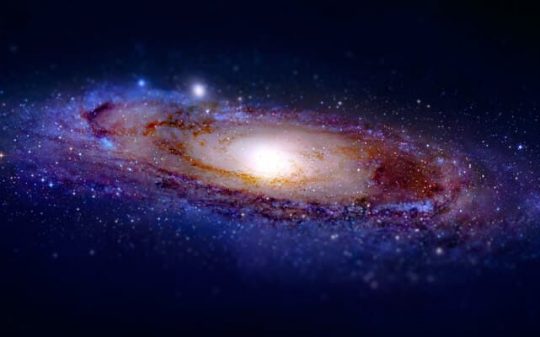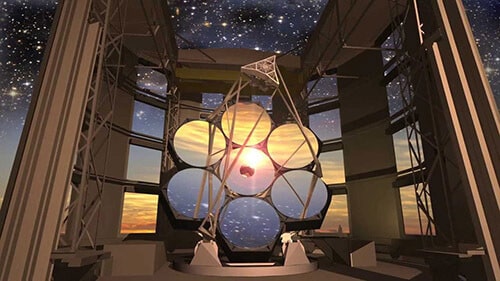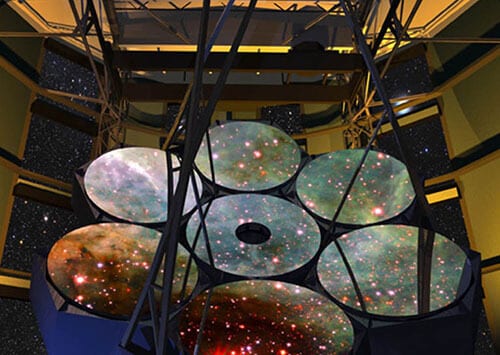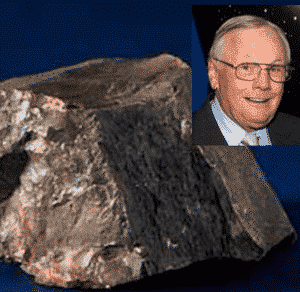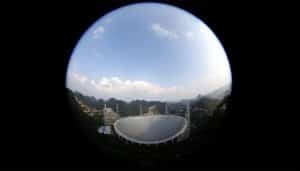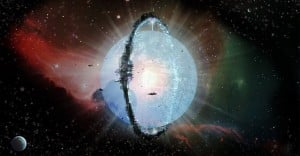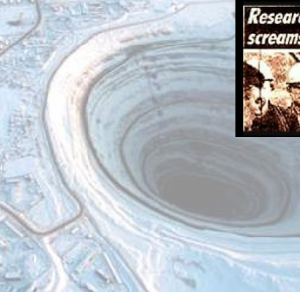The $1 billion Giant Magellan Telescope (GMT) in Chile is expected to revolutionize the entire space observation field.
When it’s done, the GMT will return images ten times sharper than those of NASA’s Hubble Telescope while also breaking the record for the biggest light-collecting surface which will be at least double in size compared to any existing optical scopes on our planet.
At a conference held in the Chilean Andes on Nov.11, renowned scientists and researchers talked about the revolutionary impact the telescope will have regarding the understanding of the universe and alien life in our solar system and beyond:
The GMT will revolutionize our view and understanding of the universe. It will be remembered in the science textbooks written hundreds of years in the future. – Taft Armandroff, chair of the GMT Organization
After such a daring statement, you would expect the Chilean Telescope to be really imposing and as a matter of fact, it will. The construction will have the megascope at about 8,000 feet above the sea level in the southern Atacama Desert with a structure about 22 stories tall. Apart from this, seven specially designed mirrors will be incorporated into the telescope, each of them being 28 feet wide.
Expected to be ready for use by the end of 2021, the GMT will help researchers understand some of the biggest questions in astronomy by reaching out to nearby exoplanets that could host alien life and even more, the observatory will also be used in order to examine some of the first-ever stars and galaxies. In other words, astronomers will peek into timeworn formations dating back to the beginning of the universe, 13.8-billion-years back in time.
We build telescopes to find out what we don’t know. To discover new things. Every time people build bigger telescopes, we discover profound things. – Pat McCarthy, GMTO President
The new generation of megascopes will sure lift the burden off our shoulders when it comes to finding alien life in and outside our solar system, however, it also raises some question marks.
Have scientists already discovered something of extreme importance in the universe? This hypothesis would make sense considering this newly formed rat race between China, Europe, US, Australia and South America, all investing in colossal telescopes expected to pierce through space like never before.
With NASA’s $8.8 billion James Webb Space Telescope programmed to launch in 2018, we can’t help but ask – why are they investing so much and at such and with such haste if they didn’t find any conclusive proof of alien life yet? Would they go big on a wild goose chase based only on assumptions?
